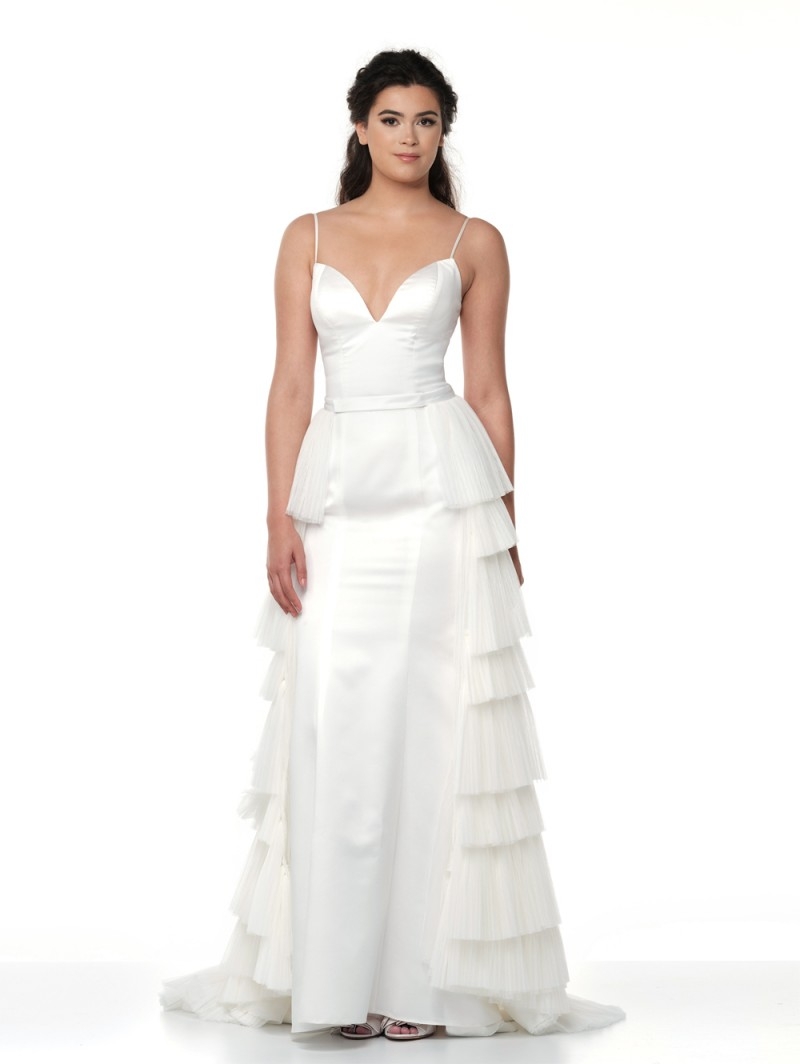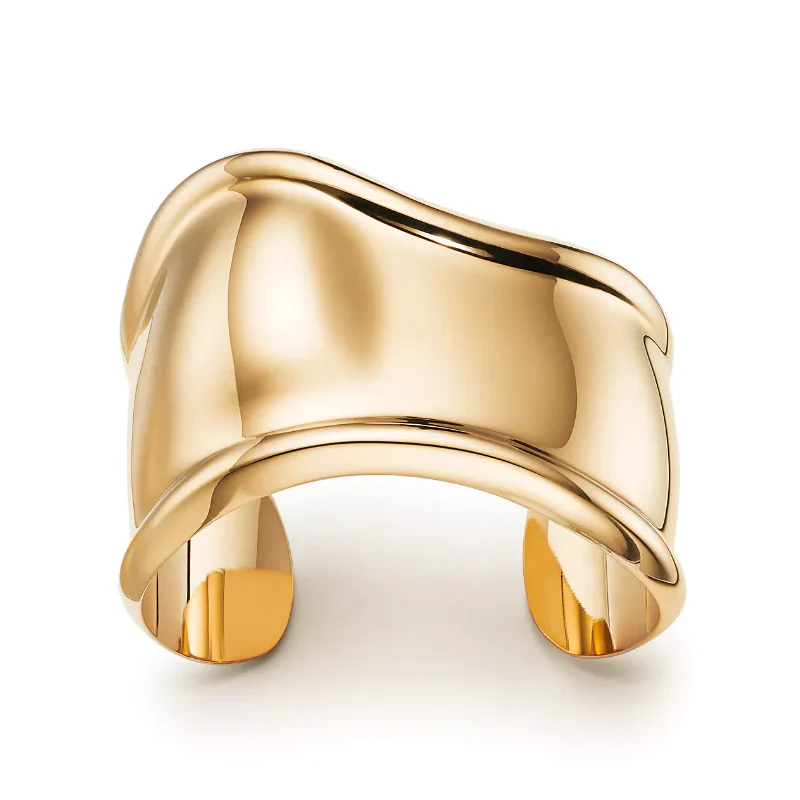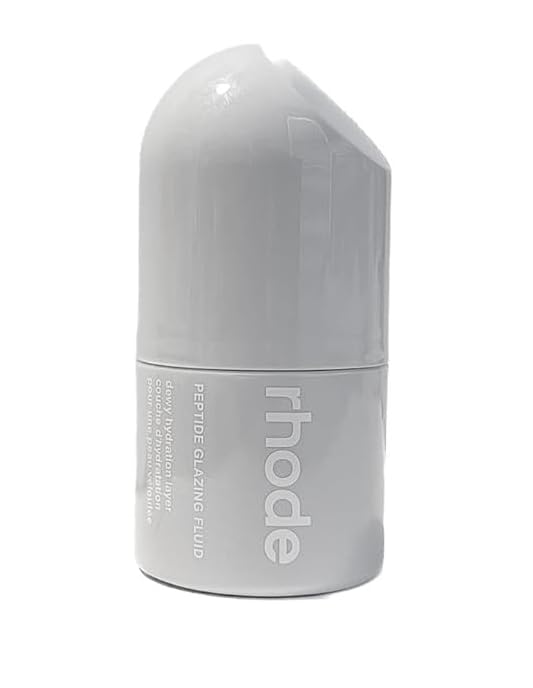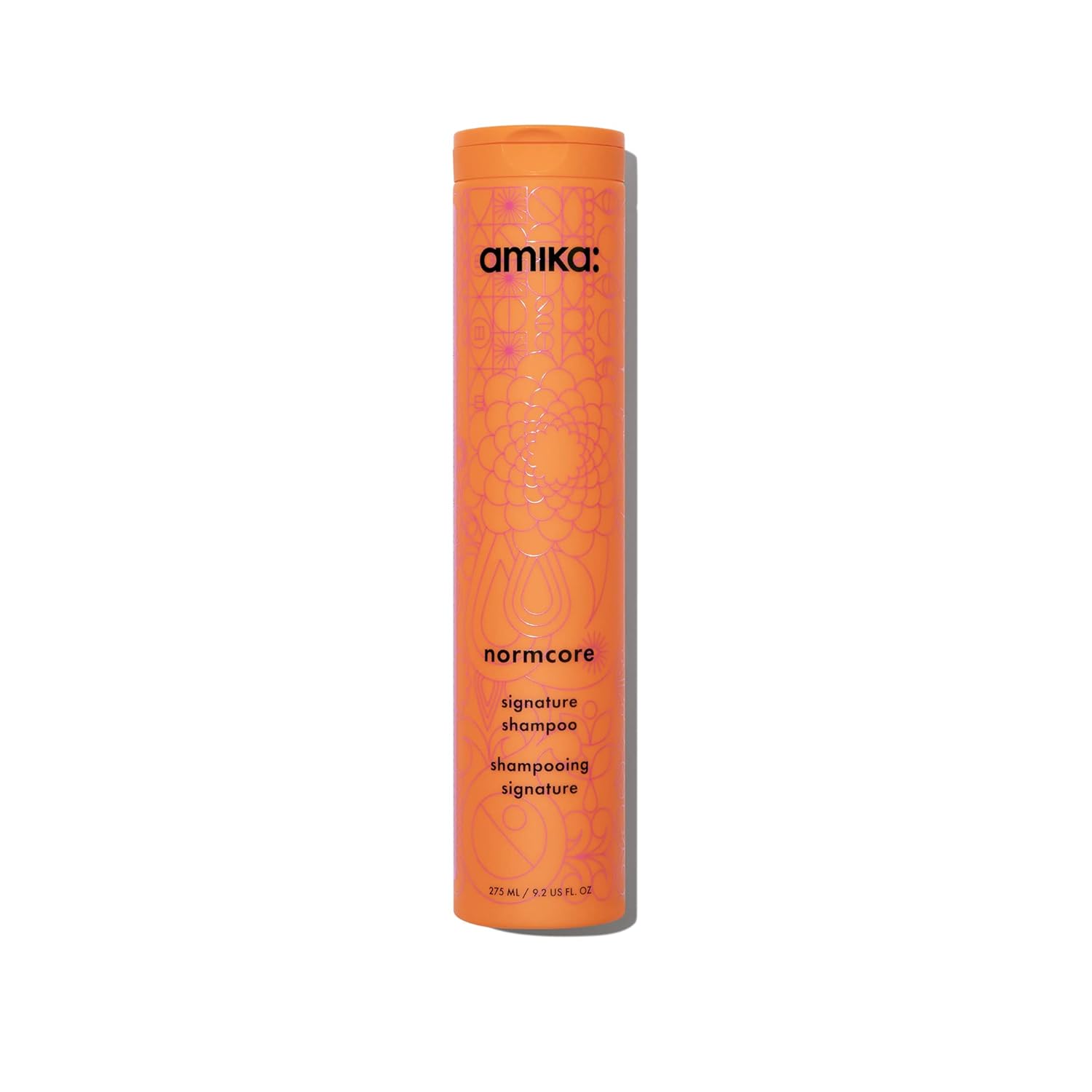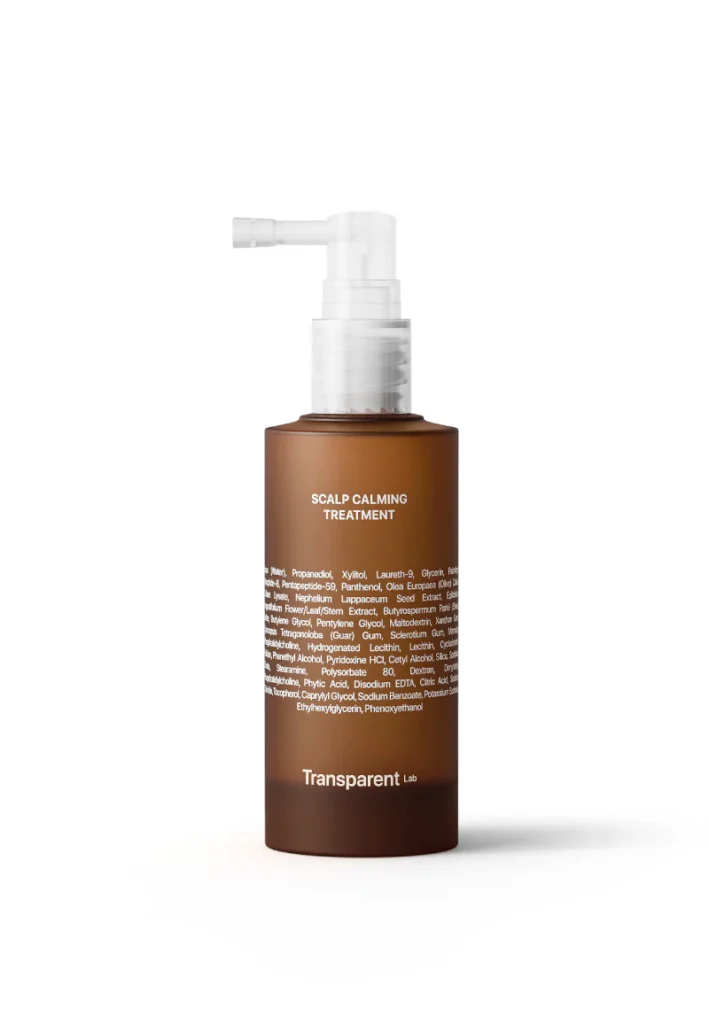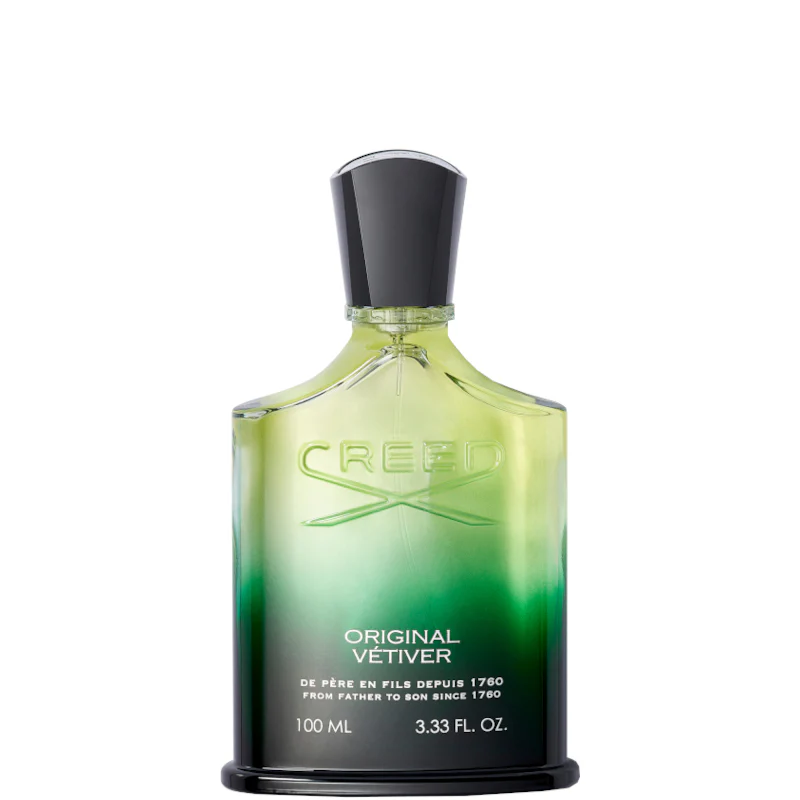You have a venue, a date, a mood board full of lace and sunlight—and questions. Which silhouette actually suits your frame? How do you read fabric descriptions that all sound like poetry? When should you book fittings so the hem kisses, not swallows, your shoes? This guide maps a calm, professional path from inspiration to aisle, tailored to how modern brides in France research and buy. We’ll reference The Beautiful Bride Shop wedding dresses collection so you can translate terms into real choices—and end with a dress that feels like you, not a costume for your day.
In this article, you’ll learn the big silhouette families (and what they do for proportion), the fabric and lining combos that decide comfort, a home measuring routine that actually works, an alterations timeline that protects your sanity, and a simple accessory strategy that frames the dress without stealing its voice. You’ll also get realistic notes for French venues—from mairie steps to vineyard gravel—so your dress isn’t just stunning; it’s practical.
Shop The Beautiful Bride Shop wedding dresses collection
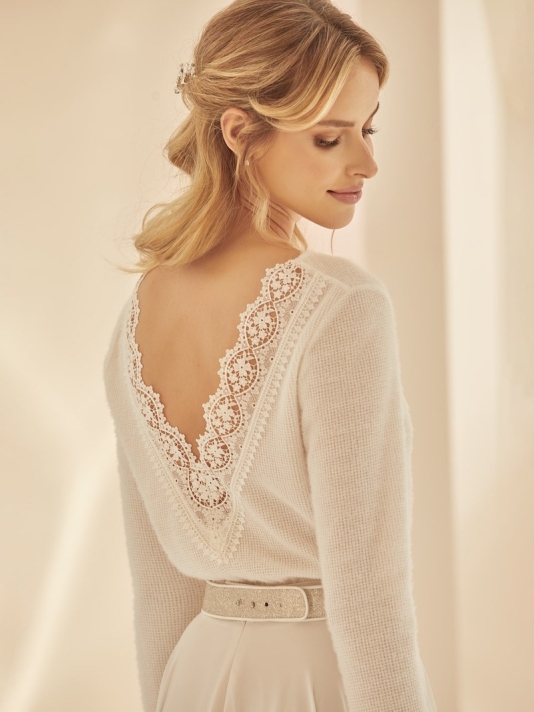
Silhouette First: Choose Your Lines, Then Your Lace
Think of silhouette as architecture and fabric as décor. When the lines are right, almost any embellishment looks intentional. The main profiles you’ll meet in The Beautiful Bride Shop wedding dresses collection behave like this:
A-line: Universally flattering, structured through the bodice then opening gently from the waist. It elongates and balances, especially if you want movement without a full ballgown. French countryside venues love this shape; it glides on gravel and stairs.
Ballgown/Princess: Fitted bodice, dramatic volume below the waist. Grand churches, châteaux halls, and formal hotels make sense with this scale. If you’re petite, anchor the look with a defined waist and cleaner bodice so the volume doesn’t dominate.
Mermaid/Trumpet: Body-skimming through the torso and hips, then flaring below mid-thigh or knee. Cinematic, evening-ready, and extraordinary in smooth satins or beaded lace. Works beautifully for sleek Paris city weddings; make sure you can sit, climb stairs, and hug with ease.
Sheath/Column: Minimalist and modern, following the body without much flare. Bias-cut satins are popular here—liquid movement, quiet luxury. If you prefer lightness and unfussy elegance, this is your lane.
Tea-length/Short: Playful, architectural, and ceremony-to-cocktail friendly. Ideal for mairie civil ceremonies and garden receptions; partners delightfully with classic pumps or slingbacks.
When in doubt, shortlist two shapes that solve different needs—say, A-line for ease and Mermaid for drama—then test with real shoes to see what your posture prefers.
Shop The Beautiful Bride Shop wedding dresses collection
Fabrics Decide Comfort (and Photographs)
Photos love texture; your skin loves breathability. Understanding fabric families helps you balance both.
Silk and satin blends deliver glide and light bounce under flash. They read luxurious and modern, especially in minimalist designs where seams do the talking. Heavier satins are forgiving over lingerie; liquid satins show movement like water.
Lace adds romance and dimension. Chantilly is fine and airy; Alençon has sculpted corded motifs; guipure is bold and graphic. A lace bodice over a matte crepe skirt is a French favorite: texture near the face, clean lines below.
Crepe is the quiet hero—matte, drapey, and extremely camera-friendly. In columns, it skims rather than clings. In A-lines, it keeps volume crisp without stiffness.
Organza and tulle create lift and lightness without weight. Layered organza reads more architectural; soft tulle is ethereal. For ballgowns, a tulle skirt with horsehair trim at the hem keeps shape airborne.
Linings and boning are part of the comfort equation. Power-mesh and cup construction support you; breathable linings keep summer ceremonies bearable. If your venue runs warm, privilege breathable linings over heavy satin underlayers.
Fit-from-Home: Measuring Once, Crying Zero Times
You don’t need atelier skills to get a reliable starting size—just a soft tape, a fitted camisole, and five quiet minutes.
Stand tall, feet hip-width. Measure bust at the fullest point, keeping the tape level; don’t pull tight. Measure waist at the natural crease when you bend to the side. Measure hips around the widest point over the seat. Finally, measure hollow-to-hem (base of throat to floor) barefoot; note your planned heel height separately. If you’re between sizes, choose the size that fits the largest measurement and plan to tailor the rest—letting out is harder than taking in.
Bridal sizes run differently from high-street labels, so ignore ego and trust the chart. Many gowns in The Beautiful Bride Shop wedding dresses collection include thoughtful seam allowances; a skilled tailor can finesse the last centimeter or two for glove-like comfort.
Shop The Beautiful Bride Shop wedding dresses collection
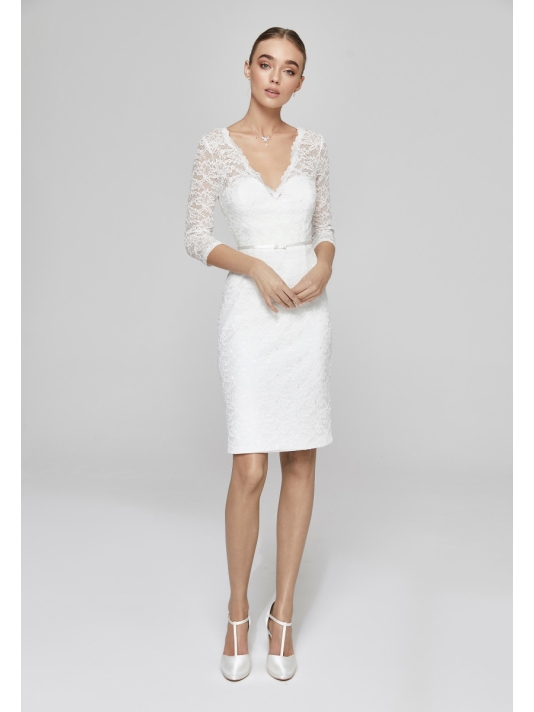
Alterations Timeline: The Calm Princess, Not the Frazzled One
A sensible timeline in France looks like this: order the dress 6–9 months before the wedding (rush options exist, but breathing room is priceless). Book a first fitting 8–10 weeks before the date. You’ll check overall fit, bodice structure, and hem length with shoes. A second fitting 3–4 weeks out refines waist, bust, and sleeves; you practice walking and sitting. A final check 1–2 weeks before confirms bustle points and train length. If you’re planning a mairie ceremony plus a separate religious or symbolic service, test the bustle for stairs and car entries.
Alterations are artistry. Bring your actual shoes and the undergarments you will wear on the day. Decide on shapewear early; different compression levels change fit by centimeters. The best fittings feel like rehearsal: you’re learning the dress’s choreography.
Necklines, Sleeves, and Backs: Frame the Face, Free the Shoulders
Neckline sets mood. A square frame feels tailored and very Paris; it broadens the shoulder line elegantly. Sweetheart softens and lifts; pair with detachable off-shoulder straps if you want two looks in one. High neck/illusion suits grand venues, balancing romance and formality. For summer, deep V fronts or backs lengthen the torso; just ensure the plunge is anchored so movement stays graceful, not precarious.
Sleeves are more than modesty. Cap sleeves sharpen a romantic lace bodice; bishop sleeves in organza add movement that photographs like a dream; long fitted sleeves in stretch lace bring cathedral drama without overheating if the lining is light. Open backs are timeless in France; hide secure fastenings under a row of covered buttons for a couture finish.
Trains and Bustles: Ceremony Grandeur, Reception Freedom
Trains do three jobs: scale, symbolism, and silhouette. A chapel-length train suits most spaces—impressive but manageable. Cathedral length is spectacular in basilicas and château aisles; ensure you have the bustle points to convert it later. On vineyards and gardens, a lighter sweep trains beautifully without collecting half the route. Your fitter will mark bustle points so one friend can lift and fasten in under a minute; film this at your final fitting and save the video in your bridal group chat.
Shop The Beautiful Bride Shop wedding dresses collection
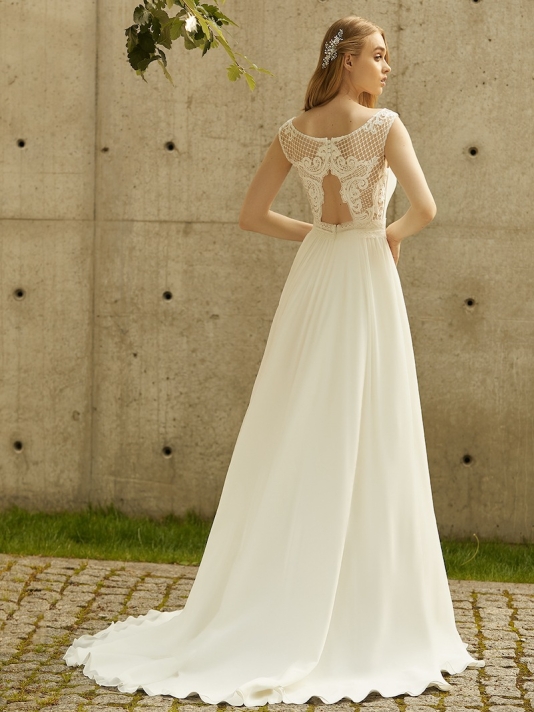
Venue Realities: From Mairie Steps to Seaside Stone
French weddings often mean transitions—civil ceremony at the mairie, photos in a park, reception at a mas or domaine. Think terrain. Cobblestones and lawns ask for hems that sit a touch higher in front, or a hidden wrist loop to lift the skirt. Chateau staircases love structured skirts that hold an oval shape; beaches love chiffon layers that catch sea breeze instead of sand. If your venue includes vineyards, slim silhouettes and A-lines navigate rows gracefully; ballgowns look ethereal on terraces—just add bustle points for later.
Styling Strategy: Accessories as Accents, Not Exclamation Marks
Start with hair and veil, because they change necklines. A cathedral veil extends a simple crepe column into ceremony drama; a fingertip veil pairs with lace so motifs don’t compete. If your bodice is richly detailed, choose delicate earrings and skip a necklace; if your neckline is spare, a single pendant or slender tennis necklace frames the clavicle.
Shoes matter for posture and hem. Classic pumps are timeless indoors; block heels or wedges behave better on stone and grass. Metallics (champagne, soft gold) flex across dress shades; bright white shoes can shout against ivory gowns. For jewelry metal, echo dress details—silver tones for cool beadwork, gold for warm embroidery. A single bracelet is often enough; you’ll wear your wedding band, and the lens will find your hands.
Bouquets should complement scale: slimmer hand-tied for columns and mermaids, fuller for A-line and ballgowns. Color echoes—soft peach against champagne undertones, green-white for crisp ivory—photograph beautifully in French light.
Shop The Beautiful Bride Shop wedding dresses collection
What to Order with the Dress (So Nothing Surprises You)
Order a spare set of buttons and hook-eyes with your gown. Add a travel garment bag long enough for the train, and a portable steamer for the morning-of (confirm the fabric tolerates steam). Buy your veil early; its hue should match the gown under daylight, not boutique lighting. If your dress uses covered buttons, a crochet hook saves nerves during dressing. Prepare a tiny kit: clear fashion tape, mini scissors, safety pins, stain wipes, blister plasters. You’ll rarely need them, but when you do, you’re a hero.
Budget with Intention: Where to Invest, Where to Save
Invest in structure and tailoring. A mid-range gown with exceptional fit outshines a couture label that isn’t adjusted properly. Save on rarely-seen extras: second veil, duplicate hair piece, or ceremony-only shoes. If your dress has detachable sleeves or an overskirt, you’ve effectively bought two looks in one—ceremony grandeur, reception ease—without a second gown.
Day-Of Choreography: Move Like the Main Character
Practice walking in your hem length with your actual shoes. Learn how your train moves at three speeds: aisle, photo stroll, dance. Decide who fluffs your skirt at the altar and who manages your bustle; choose people who enjoy being useful. In the car, sit on the edge, gather skirt in a U-shape, and slide back. For outdoor aisles, step on the ball of your foot so the front hem doesn’t catch. None of this is difficult; a five-minute rehearsal turns grace into muscle memory.
Micro-Checklist (just one, promised)
- Try on with your real shoes and the bra (or cups) you’ll wear.
- Test sitting, hugging, and a small turn; make sure seams don’t strain.
- Step outside the fitting room lighting; daylight reveals fabric truth.
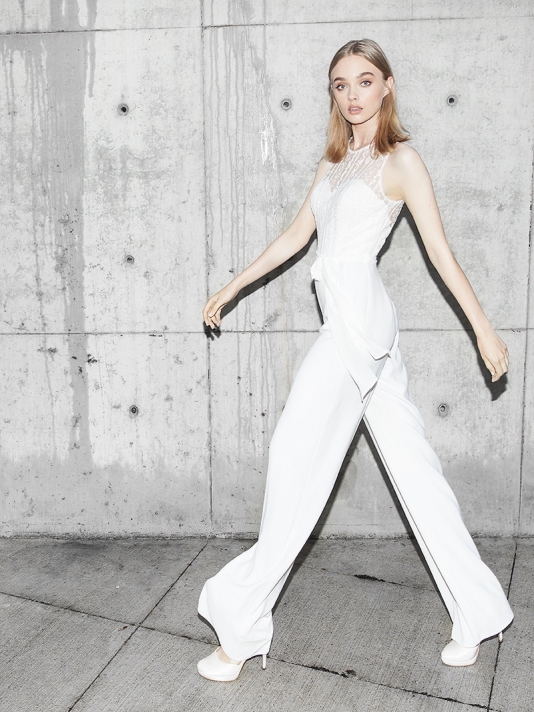
Conclusion
Your dress is the set design for the story you’re telling: who you are, where you are, and how you want the day to feel. Choose silhouette first—architecture that flatters how you stand and move—then select fabric and details that serve that structure. Measure at home with honesty, give alterations their rightful time, and style with a light hand so the dress and the setting share the spotlight. Whether you lean Paris-minimal in crepe or château romance in corded lace, The Beautiful Bride Shop wedding dresses collection gives you the vocabulary and the options to say, clearly, “this is me.”
Shop The Beautiful Bride Shop wedding dresses collection
FAQ
- How far in advance should I order my dress in France?
Six to nine months before the wedding protects you from rush stress and leaves space for two to three fittings. Rush options exist, but your tailor will thank you for time. - What silhouette flatters most body types?
A-line is the most universally forgiving: structure up top, movement below. It balances proportion and navigates French venues easily. - Do I need shapewear under a structured bodice?
Not always. A well-boned bodice with supportive lining can replace shapewear. If you choose shapewear, pick it before fittings; it changes measurements. - How do I keep cool in summer ceremonies?
Prioritize breathable linings, lighter skirts (organza, soft tulle), and updos that lift hair from the neck. Bring a handheld fan for mairie queues. - What veil length works with a long aisle?
Cathedral for maximum drama; chapel for elegance with easier movement. Try with your dress on a real staircase if possible. - Can I alter a lace hem without ruining the pattern?
Yes—skilled tailors move appliqués and re-lay motifs so the new hem looks intentional. Book fittings early to allow for handwork. - What shoes work on cobblestones and gardens?
Block heels or wedges distribute weight and prevent sinking. Keep stilettos for indoor floors or change shoes after portraits. - How do I bustle a heavy train fast?
Ask your fitter for clear bustle points and rehearse once with your chosen helper. A short video on your phone is the most valuable morning-of tool. - What if my weight fluctuates before the wedding?
Plan a final fitting 1–2 weeks out for last adjustments. Dresses with corsetry, lacing, or flexible seams tolerate small changes gracefully. - Can I travel with the dress by train or plane?
Yes. Use a long garment bag, carry onboard, and request a closet space from crew when possible. Steam lightly on arrival per fabric guidance.


